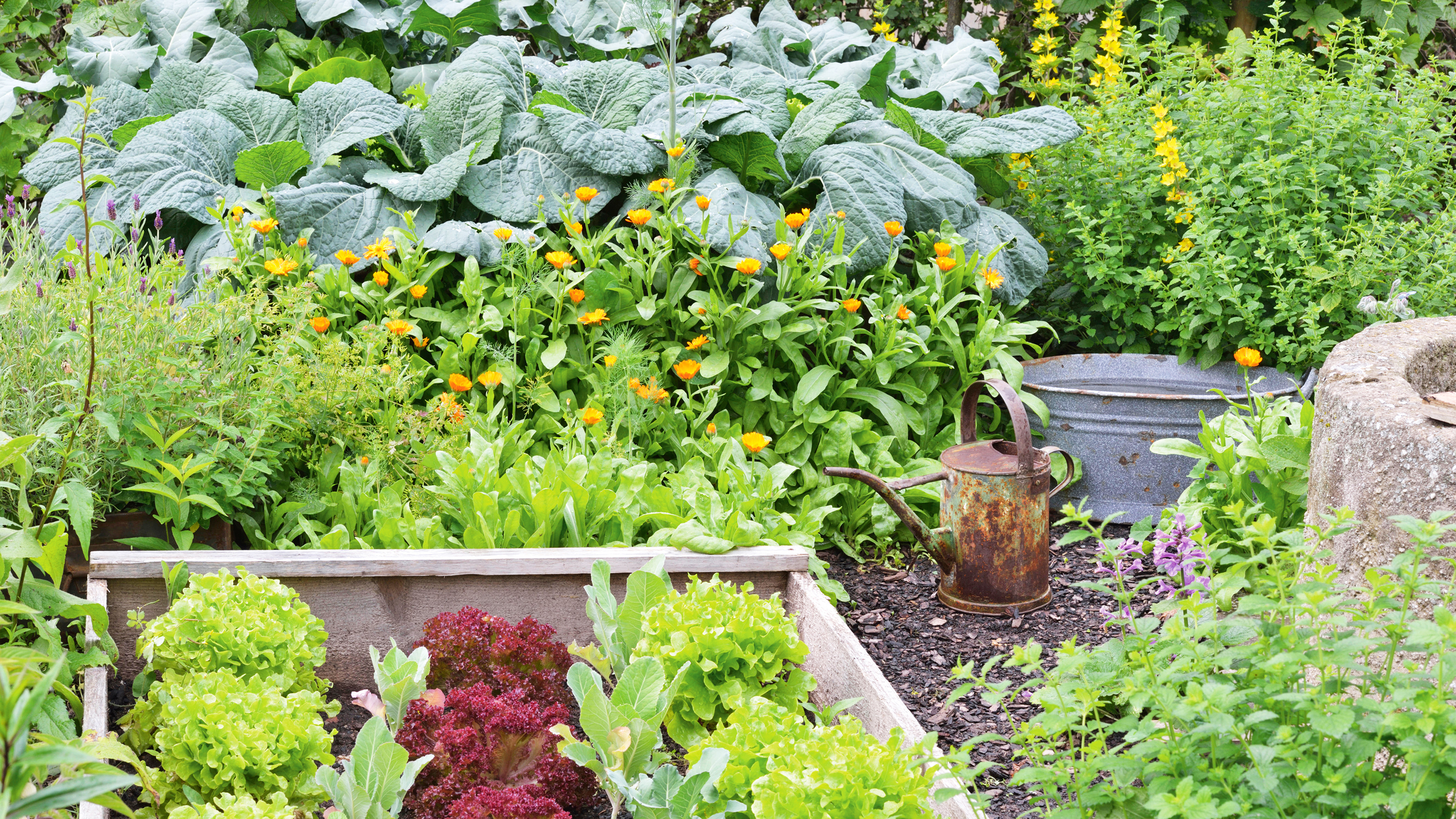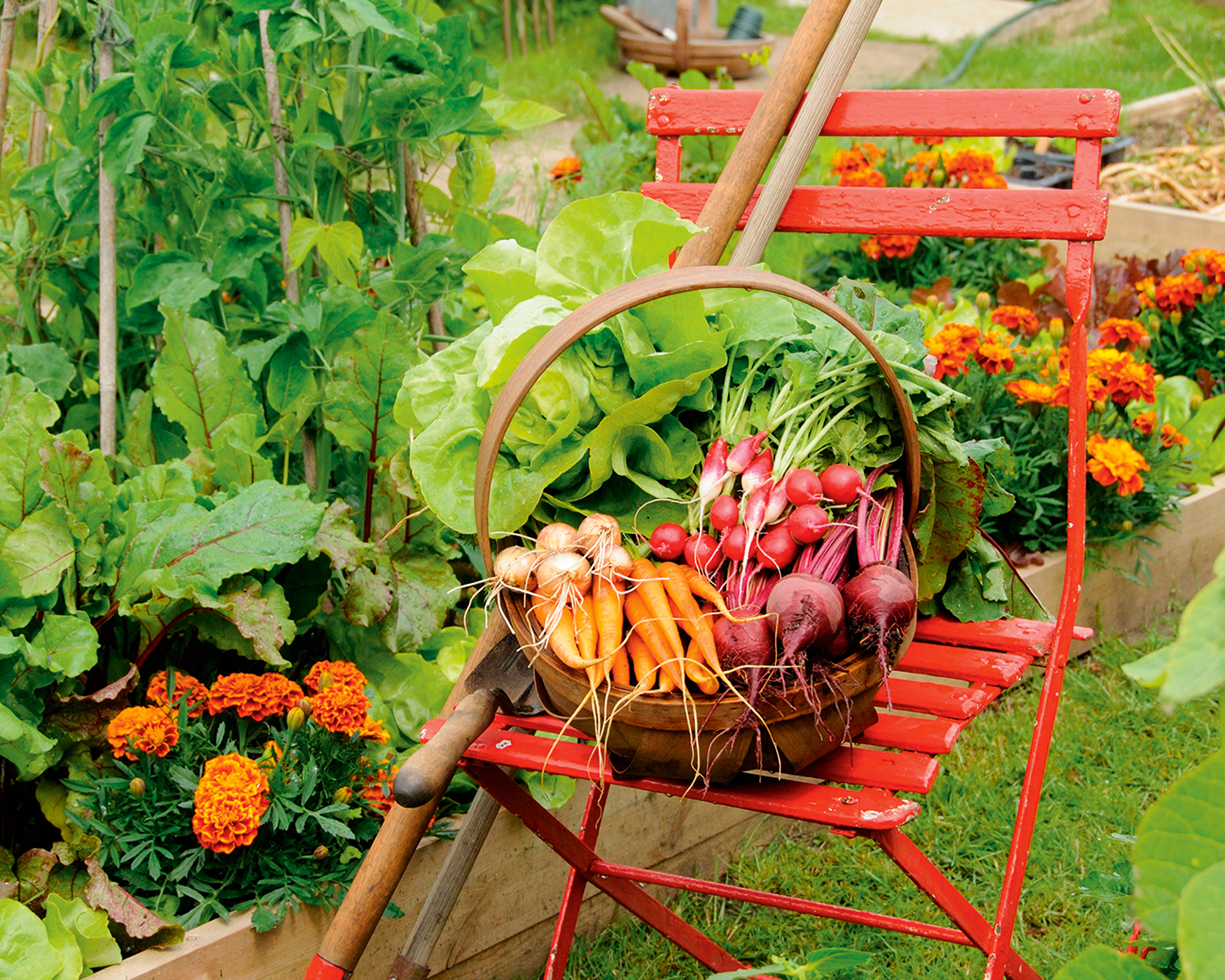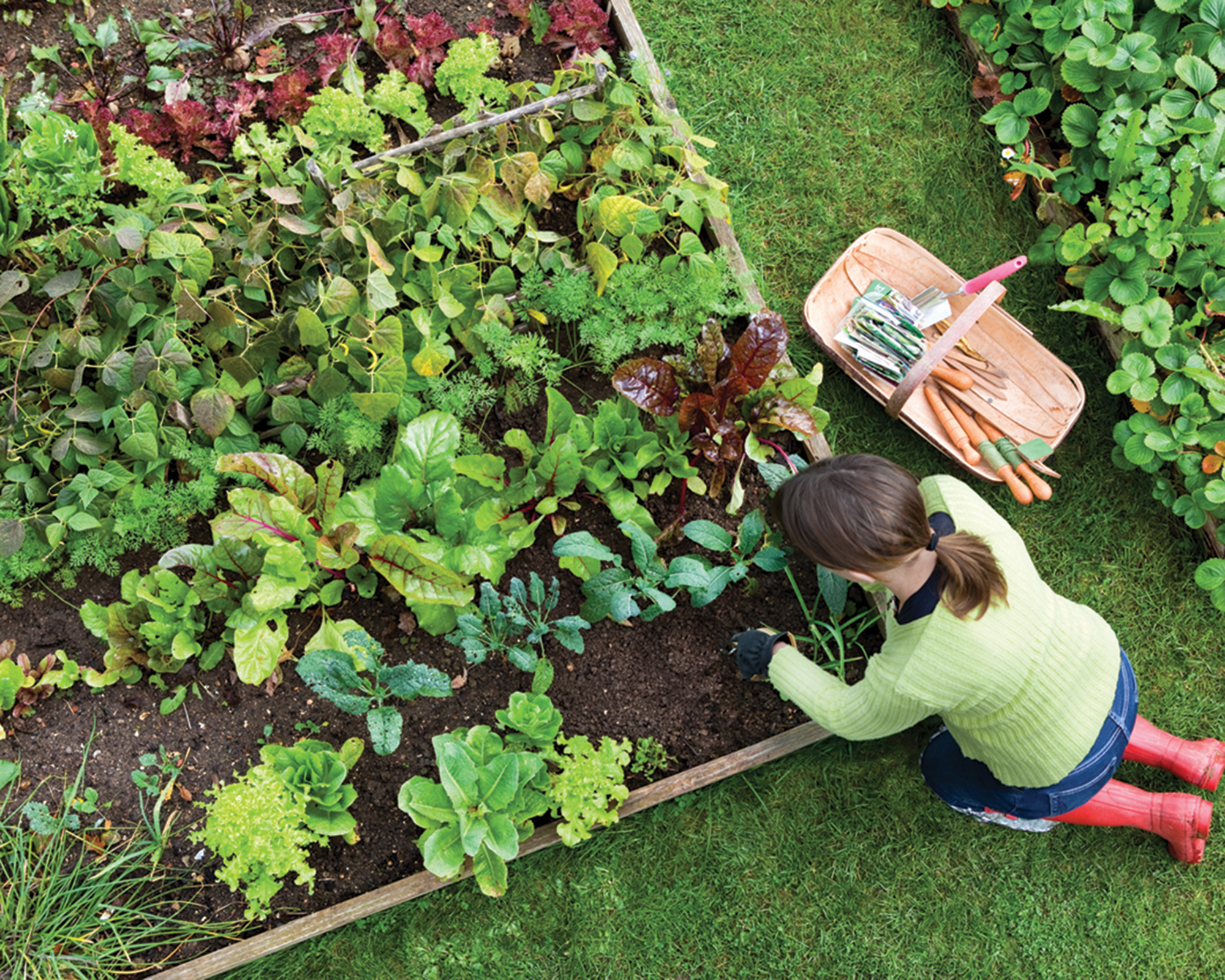Vegetable Companion Planting Mistakes – 9 Disastrous Pairings That Will Ruin Your Crops
Not all crops will co-exist on the vegetable plot in harmony. Discover the worst bedfellows that will stunt growth, attract pests, and even impact flavor.


Companion planting is the practice of combining certain plants that will have beneficial or symbiotic relationships with each other. They might have pest-repellent properties, provide support, encourage pollinators, add nitrogen to the soil, or even provide protection from harsh sun rays. The practice can also maximize the use of a garden space.
The "three sisters" is a classic beneficial companion plant grouping – combining corn, beans, and squash. The corn provides support for the beans and squash, the beans harness nitrogen, and the squash leaves shield the soil, resulting in moisture retention and fewer weeds. However, when growing vegetables, not all planting combinations are favorable.
Certain plants should never be placed near each other. Their pairing could result in unwanted effects like stunted growth, attracting pests, and even interfering with the taste of the food.
Know which plants should not be combined for a healthier, more productive vegetable plot.
1. Onions And Asparagus or Beans
Alliums, especially onions, have a natural odor that can repel some pests like cabbage loopers and carrot flies. However, onions are high nitrogen users and can inhibit the growth of other plants by stealing all the nutrients
Onions should not be planted near asparagus or beans. In the case of asparagus, the onions steal the nutrients the asparagus needs to establish. Asparagus can take years to produce and needs no competitive plants nearby.
Elsewhere on the veg plot, beans and other legumes need urease to fix nitrogen. However, onions have an allelopathic property that robs the plants of urease.
Sign up for the Gardening Know How newsletter today and receive a free copy of our e-book "How to Grow Delicious Tomatoes".

2. Brassicas And Tomatoes
Brassicas, such as cabbage, should not be paired with nightshade vegetables, such as tomatoes, as they can stunt their growth. Both crops are also heavy feeders, and positioning them near each other will reduce the nutrients available for robust crops.
3. Tomatoes And Potatoes
Tomatoes and potatoes will not fare well on the same site. This is because both plants are in the nightshade family and are susceptible to the same pests and diseases.
It is recommended that tomatoes be planted in a new area every year. This is to prevent any of their common pests and diseases that have overwintered in the soil from infecting the new season’s plants.
Blight is a common disease of both plants and can persist in the soil even after a year. Tomato hornworms and Colorado potato beetles are especially prevalent in nightshade crops.
4. Fennel And Most Other Crops
Fennel is a delicious plant and repels many insect pests due to its heavy scent. However, it doesn’t grow well with most food crops.
Fennel releases chemicals that inhibit the growth of certain plants, especially tomatoes and legumes. Fennel is also invasive and can cross-pollinate with certain herbs such as dill. This results in strangely flavored plants.
The chemicals fennel releases can also reduce germination rates, with lower crop yields expected.

5. Strawberries And Brassicas
Who doesn’t look forward to those first sweet summer strawberries? However, they may be doomed to fail if you plant brassicas near the strawberry plot.
This is because cabbage, broccoli, and others attract cabbage loopers. Cabbage loopers feed on a range of plants and will infest a strawberry patch. This can reduce the vigor of the plants and impact yields significantly.
6. Tomatoes And Corn
Tomatoes and corn are excellent paired together in recipes but do not make good bedfellows in the garden. Both are heavy feeders and can deplete necessary nutrients from each other.
In addition, they are both susceptible to corn earworms, also called tomato fruit worms. When planted near each other they form a perfect site for these pests to feed and destroy the crops.
7. Potatoes And Zucchini
Potatoes and zucchini should also not be situated too closely to each other. Both require a heavy nitrogen intake. Potatoes grow a bit quicker and will steal the nutrients from the soil, effectively starving the squash.
Additionally, the same common pests favor both plants. Planting them close together will result in infestations.

8. Dill And Carrots
Dill and carrots are both members of the Umbelliferae family. They have the same umbrella-shaped flowers, almost identical seeds, and similar growth habits. But as members of the same family, they can cross-pollinate. This will make the dill seeds taste odd.
They also have the same pest and disease problems and will exacerbate both when grown nearby.
9. Pumpkins And Summer Squash
Pumpkins and summer squash are related but they are very different fruits. Pumpkins have a hard outer shell, while summer squash rind is softer and edible.
However, like all squash plants, they will hybridize readily. This may result in some interesting fruit, but it will not be true to what you planted and could taste terrible.

Bonnie Grant is a professional landscaper with a Certification in Urban Gardening. She has been gardening and writing for 15 years. A former professional chef, she has a passion for edible landscaping.